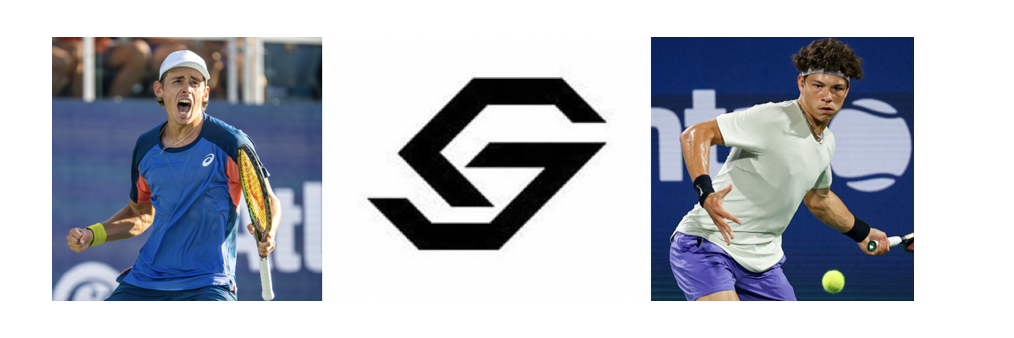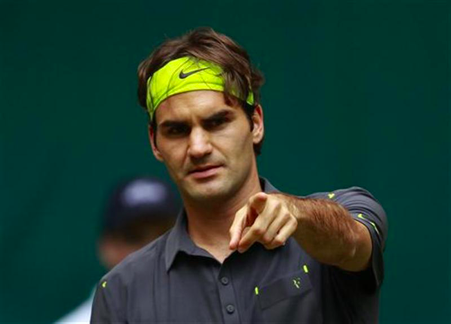
“Roger Federer will never win another Grand Slam: here’s why” — The Telegraph, May 2016.
“The 10 reasons why Roger Federer will not win another Grand Slam” — Bleacher Report, Sept 2011.
“5 reasons why Nadal won’t win another Slam” — Givemesport, July 2014.
“Andy Murray will not win another Grand Slam after hip surgery, Greg Rusedski explains why” — Daily Express, January 2018.
The above headlines from major publications are just a snippet of the many column inches given down the years to writing off top tennis players. Of course, as we know in the case of the Daily Telegraph and Roger Federer, they can be almost prophetically bad at times, with the Swiss winning three more Grand Slams since that infamous “here’s why” proclamation.
It’s probably a little unfair to single out the the Telegraph with predicting Federer’s demise, when so many of us were thinking the same thing. Federer made us all look a little foolish for doubting him, but that’s what all great athletes do time and time again.
Murray being ‘smart’ about future
As with basically all sports, it seems to be en vogue for tennis pundits and journalists to sound sagacious and insightful in making bold predictions for the future. There is nothing wrong with this—it’s part of the game to sell papers and encourage clicks—but it sometimes skews our perception of the modern game. Let’s be frank; Greg Rusedski probably knows no more about Andy Murray’s right hip as anyone else.
Murray recently returned to tennis at the Citi Open in Washington, D.C, where he advanced to the quarterfinals before withdrawing. The Scot has been vocal about his need to be cautious during this stage of his career. Don’t forget that he looked in decent shape at Queens in June and only pulled out of Wimbledon because playing five-set tennis was “too soon.” That sounds like a smart way to manage a hip post-surgery, so why roll out the obituaries for his career?
Statements like Rusedski’s have as much weight in an argument as saying that “Murray will win three Grand Slams in 2019,” because they are not based on evidence or precedent but rather on the need to say something firm and controversial in the hope of sounding analytical.
Rejuvenated Djokovic leads U.S. Open odds
Indeed, the least emotional of all sports observers—bookmakers—still have faith in Murray’s ability to make it back to the top. The latest U.S. Open betting markets from 888sport see the Scot placed a little tentatively at 10/1 to triumph at Flushing Meadows. Novak Djokovic, who also received his fair share of obituaries over the last couple of years, is the favorite at 11/4. Federer and Rafael Nadal both come in at 7/2.
Of course, injuries do ravage careers. However, each player’s body and how it deals with injury is idiosyncratic to that player. For example, a player suffering from the long list of knee injuries like Nadal may not have been able to deal with it in the same manner as the brilliant Spaniard.
Murray’s hip injury may cost the current world No. 832 the chance to ever reclaim his place among tennis’ elite again, but we do not know that for sure as we haven’t really seen him back in action yet. Tennis has changed and players have evolved, as evidenced by the 30-something-year-old bodies of Federer, Nadal, and Djokovic all staying at the top of the game when past generations would have retired.
These premature assumptions, made with little evidence, should be called out for what they are: redundant statements that offer little or no insight into what is really happening.
[polldaddy poll=10075601]




The past is not a great guide to the future in tennis. There have been enormous improvements in fitness and technique training, medicine and surgery. Then there’s the exceptional individuals. Ken Rosewall and Jimmy Connors were playing top tennis until nearly 40 three decades ago.
Judging by Federer’s comments in late 2016 HE did not know whether he could “come back”. He looked to Rafa’s comebacks for inspiration. Only Rafa could cope with the kind of injuries he’s had over the years and never finish a year out of the top 10 – that’s since 2005 when he was 19. Combination of determination and pushing the envelope on medicine. I don’t think even he could have coped without stem cell and PRP treatments and various pain numbing injections. I believed that Novak’s problems were always more in his head than his arm. When he lost to Rafa in Rome this year, I saw him get angry on court for the first time in ages and thought then that he’d be back. Mostly he’d had this tra la la hippy dippy expression when he played and lost. He needed an attitude adjustment. Can Andy Murray get back to the top? I don’t know that anyone ever has after hip surgery but that does not mean Andy won’t. I don’t think anyone had recovered from the shoulder surgery Maria Sharapova had years ago but she did.
At the end of 2016 I doubted that either Fed or Rafa would get back in the winner’s circle at a slam or contend for No. 1. So wrong! I thought it looked like Murray and Djokovic would rule the roost for a couple of years. Wrong again! That’s a part of what makes tennis fascinating.
What all those people have in common is grit and determination and passion for the game. And talent and ability.
fabulous last sentence in comment above…100% agree. GOAT!